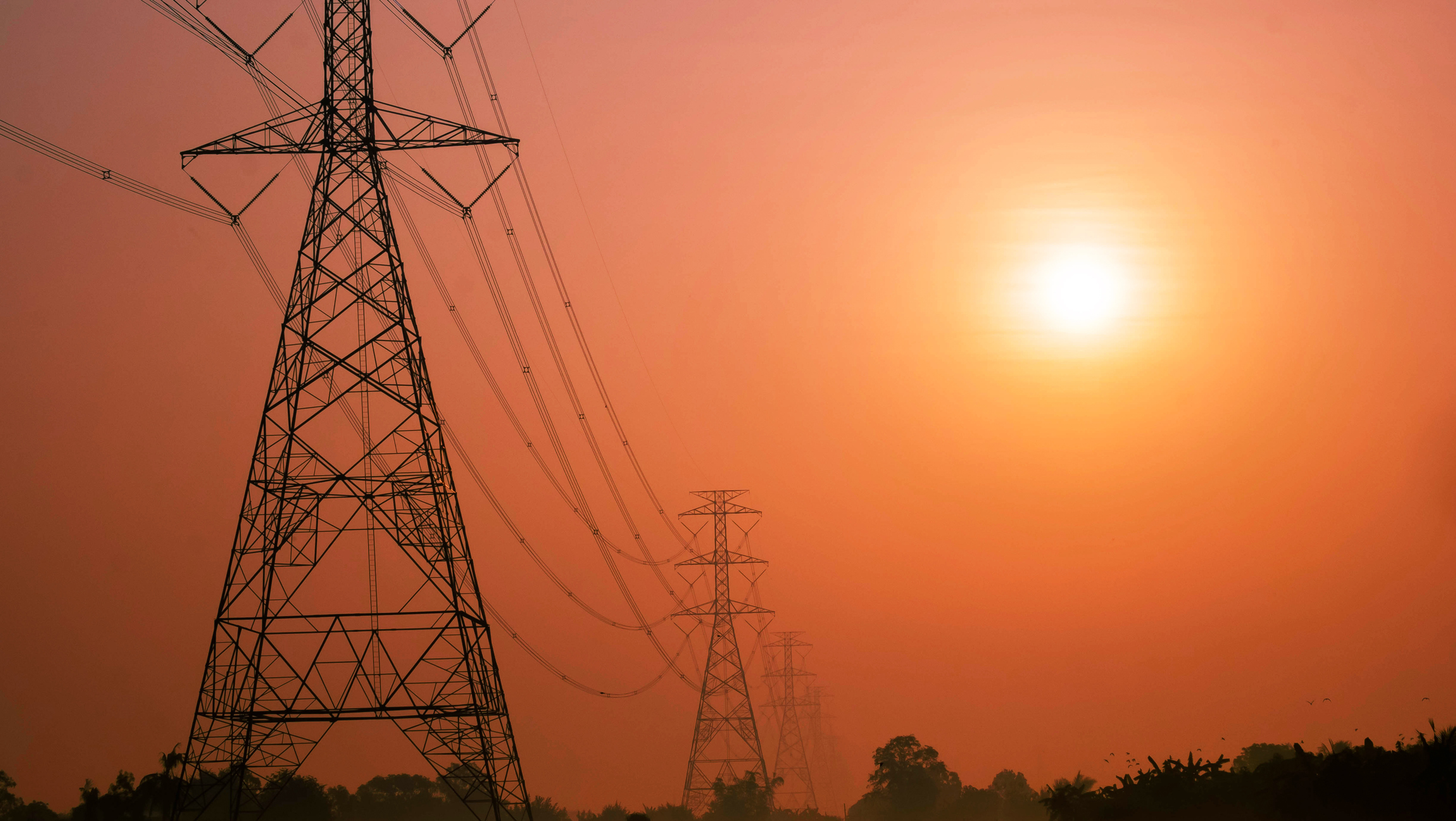The Federal Energy Regulatory Commission (FERC) approved PRC-002-2, NERC’s mandatory reliability standard for Disturbance Monitoring and Reporting on September 17, 2015. The PRC-002-2 standard requires utilities to ensure that adequate data is available to support analysis of bulk electric system disturbances and outages.
Generator Owners, Transmission Owners should be aware of the initial due date for system studies necessary to identify locations for the collection of disturbance related data under Requirement R1 is January 1, 2017. It is important to note that some of the locations may be generator buses.
Transmission Owners and Generators must be prepared to work together to successfully fulfill the expectations of the new mandatory requirements. In particular this enforceable standard potentially create new requirements for Generator owners who have generally not had to address disturbance monitoring data gathering obligations in the past.

Background
PRC-002-2 applies across all of North America and promotes consistency of data by specifying recording data parameters. The standard enhances reliability through monitoring and reporting requirements.
The Standard focuses on the data to be collected, but avoids offering a prescriptive approach as to how data should be collected. PRC-002-2 specifies the storage capabilities and recording format for the collected data to ensure continent-wide uniformity. The standard provides a step by step approach for utilities to use to determine the key locations from which disturbance data must be recorded.
In some NERC Regions disturbance monitoring had been implemented under regional standards[1]. These Regions are in the process of revisiting their current approaches and any standards and guidelines they currently employ to eliminate provisions which may duplicate or conflict with the PRC-002-2 standard.
Overview of the Standard Requirements
PRC-002-2 includes 12 requirements. Requirement R1 requires transmission owners: (1) to identify bulk electric system buses, e.g., substations, for which sequence of events recording and fault record data is required; (2) to notify other owners of bulk electric system elements which may include generators connected to those particular bulk electric system buses where sequence of events recording and fault record data will be necessary; and (3) to re-evaluate all bulk electric system buses every five years.
Requirement R2 requires transmission owners and generation owners to collect sequence of events data.
Requirement R3 and Requirement R4 require transmission owners and generation owners to collect fault recording data and specify the collection parameters of that data.
Requirements R5 through R9 lay out thresholds where dynamic disturbance recording data are required and provide more specific design specifications regarding data collection.
Requirement R10 requires transmission owners and generation owners to time synchronize the recordings and provide the synchronization requirements.
Requirement R11 requires transmission owners and generation owners to provide sequence of events recording, fault recording and dynamic disturbance recording data upon request and establishes specific guidelines to ensure that data can be used in the analysis of events.
Requirement R12 requires transmission owners and generation owners to restore the recording capability of the data collection equipment used to record disturbances, if this capability is interrupted.
Applicability and Accountability
The standards now includes the Planning Coordinator or Reliability Coordinator in an oversight role because it was determined that the Standard requires a coordinator with a wide-area view of the bulk electric system to be responsible for verifying the acceptability of the locations from which disturbance recording data is required.
The Transmission Owners and Generator Owners will have the responsibility for ensuring that data is collected according to the specifications in the standard for that bulk electric system elements selected for monitoring.
Bulk electric system buses where sequence of events recording and fault recording data is required are initially to be selected by Transmission Owners because they have the required tools, information, and working knowledge of their Systems to identify the buses in accordance with the methods outlined in Attachment 1 to the standard.
The Transmission Owners and Generator Owners that own bulk electric system elements will have the responsibility for ensuring that adequate data is available. This may require the installation of new fault recording and sequence of events recording equipment at those substations containing the identified buses. In some cases where recording equipment exists, it will be necessary to review the capability of pre-existing data recorders to very it meets the data collection requirement in the standard. The standard may require extensive design and systems integration of recording equipment that may already exist on your system. A review of the capabilities of the existing equipment is another area where TRC may be able to assist.

Objectives of the Standard and how it Functions
The ultimate objective of the standard is to support analysis and reconstruction of bulk electric system events. This requires SER and FR data. Attachment 1 to the standard provides a uniform methodology to identify those bulk electric system buses. The proper distribution of SR and FR data collection capability across a given area will be determined by examining the short circuit related information at each bus. The Standard Drafting Team reviewed industry survey data and concluded that there is a strong correlation between the available short circuit MVA at a Transmission bus and its importance to the reliable operation of the system. Bulk electric system buses with a large short circuit MVA levels provide a significant contribution to the system reliability performance. Conversely, bulk electric system buses with very low short circuit MVA levels are seldom involved in wide-area or cascading system events. After analyzing and reviewing the collected data submittals from across the continent, the threshold MVA values were chosen to provide sufficient data for event analysis.
Implementation Plan
The standard is now enforceable. For specific details of when the various deliverables under each of the requirements is subject to audit, review the implementation plan for the standard.
Be Prepared for Success
TRC closely followed the development of the PRC-002-2 standard. TRC is well positioned to assist your company with the required studies and engineering related to installation of FR and SER recording equipment. TRC can assist your company if it is a registered Transmission Owner both with the studies needed to confirm the disturbance related data collection locations under Attachment 1 in the standard and engineering support to design and implement recording capability consistent with the requirements in the standard. If your company is a registered Generator Owner that has been identified as owning a bus requiring FR and SER recording equipment TRC can assist your company with the engineering to accomplish the design and installation equipment as needed.

How TRC Can Help
TRC’s Power Delivery Engineers provide full service transmission, substation and relay engineering, consulting and construction management for utilities, municipalities and industry. Comprised of over 1,000 personnel, many of whom are experienced utility engineers, our project teams know how to plan, design, and install facilities that meet a client’s financial, technical, and scheduling goals.
This regulatory update is a service to our utility clients, helping keep them informed of issues that impact their reliability risk and business goals.
[1] See PRC-002-NPCC-01 the NPCC region’s mandatory standard for disturbance monitoring. The NPCC standard is expected to be retired in light of the North America wide standard.




